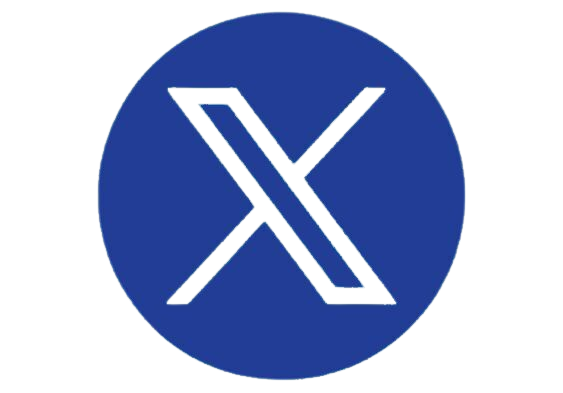Check out Keypoint Intelligence’s On Demand Printing & Publishing Services!
For more than a century, Kodak has been synonymous with capturing life’s most cherished moments. But now, the company is facing a moment of its own—one that could determine whether it survives or fades into corporate history. In a dramatic financial maneuver, Kodak has announced plans to tap into its overfunded pension plan to help pay down a mountain of debt. It’s a high-stakes strategy that could buy the company breathing room…or become its final roll of film.
A Legacy Under Pressure
Once a titan of photography, Eastman Kodak has struggled for decades to reinvent itself after missing the digital photography wave it helped create. Today, the company’s portfolio spans commercial printing, advanced materials, and specialty chemicals. Despite these diversification efforts, the numbers tell a sobering story: Nearly $500 million in debt is due within the next 12 months.
In an SEC filing, Kodak issued a “substantial doubt” warning about its ability to continue operating as a going concern. Investor confidence was shaken. Kodak’s stock price plunged more than 25% in a day.
The most pressing challenge is a $450 million term loan coming due, paired with other short-term obligations that the company admits it currently cannot pay without new financing or asset sales. With limited liquidity and tight credit markets, Kodak has turned to an unconventional source for salvation.
The Pension Fund Lifeline
Kodak’s pension plan, once a promise to its employees, has grown into a financial fortress. With $3.5-$3.7 billion in assets and $2.3–$2.5 billion in obligations, the plan has a surplus exceeding $1 billion. The company now intends to wind down the plan, distributing benefits to retirees as lump sums or annuities, and then reclaiming the excess.
After taxes and payouts, Kodak expects to free up $850 million in net surplus, with around $300 million earmarked to pay down the looming term loan. The rest will help fund operations and potentially refinance any remaining debt.
Pension reversion (as this process is called) is legal, but complex. Kodak must ensure retirees receive the full value of their benefits before it can access any surplus. That means navigating federal pension regulations, executing large-scale annuity transfers to insurers, and managing investment sales. The risk is that if markets shift or liabilities rise before the wind-down is complete, the surplus could shrink—leaving Kodak short of its goal. And while retirees are promised protection, the transition can still be unsettling for those depending on stable monthly checks.
Kodak’s various stakeholders will be affected in different ways:
- Retirees: Benefits will be preserved via lump sums or insurance-backed annuities. Kodak is allocating about 25% of the surplus (around $220 million) to set up a replacement plan for current employees.
- Investors: The stock drop reflects deep uncertainty but, if the plan works, shareholders could see a leaner and more stable Kodak emerge.
- Employees: The shift may alter long-term retirement planning, depending on how the replacement plan is structured.
Risks, Reactions, and the Wider Lesson
Kodak’s leadership insists this is not a desperate last gasp, but a strategic move. In statements, the company has said the pension reversion will leave it “virtually debt-free” and with the strongest balance sheet in years. If successful, it could extend Kodak’s runway long enough to execute on growth initiatives in advanced manufacturing and specialty chemicals.
But the market remains skeptical. The “going concern” notice is a red flag investors can’t ignore, and the fact that Kodak is tapping pension funds underscores how few conventional financing options are left.
For corporate America, Kodak’s move offers a cautionary tale and a bold playbook. Overfunded pensions are rare and using them as a corporate lifeline can be a double-edged sword. For companies with legacy obligations, it’s a reminder that balance sheet “hidden assets” can sometimes be deployed, but not without risk and regulatory scrutiny.
Keypoint Intelligence Opinion
Kodak once defined the “Kodak moment” as a snapshot of joy worth remembering. Today, the phrase could apply to a company taking a daring shot at survival. Whether this pension-fueled rescue becomes the start of a new chapter or the last flash before the lights go out remains to be seen, but one thing is clear for now:
In the fight to stay alive, Kodak is willing to develop solutions from even the most unexpected negatives.
Stay ahead in the ever-evolving print industry by browsing our Industry Reports page for the latest insights. Log in to the InfoCenter to view research in our On Demand Printing & Publishing Advisory Service. Not a subscriber? Contact us for more information.












